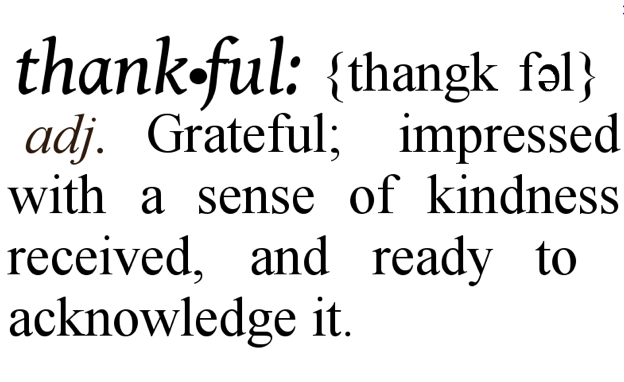Strengthening Culture Through Timely Appreciation

Recognition is one of the most cost-effective tools for shaping workplace culture, yet it is often overlooked. When it’s missing or delayed, employees don’t just feel unappreciated; they also feel disrespected. They disengage, lose motivation, and eventually walk out the door.
Recent research highlights the urgency of this issue.
Only 19% of employees report receiving recognition weekly, down from 29% just four years ago.
That decline reflects more than shifting priorities; it signals a weakening connection between employees and leadership. Without consistent acknowledgment, even high performers begin to question their value. Outside of performance on big tasks, employees are most often acknowledged for:
- Work anniversaries – 48%
- Helping others – 35%
- Small day-to-day tasks – 30%
- Personal milestones – 25%
- Innovative ideas – 21%
- Community service – just 16%
Why Recognition Matters
Recognition is not just about saying thank you. Done well, it:
- Reinforces behaviors that support organizational goals.
- Strengthens trust between employees and leadership.
- Builds emotional connection to the workplace, improving both engagement and retention.
It’s no surprise that recognition has a direct impact on outcomes. Studies link strong recognition cultures to measurable gains in both performance and loyalty.
When recognition leans heavily on tenure or routine tasks, it overlooks the creativity and initiative that also build engagement and loyalty.
Where Leaders Fall Short
Too often, recognition gets overshadowed by other priorities or is reserved for formal occasions, such as annual reviews. These delays send the wrong message: that daily contributions are invisible unless they’re tied to big wins.
The reality is that employees crave recognition in real time, tied to the work they are doing right now. Without it, disengagement grows, and the organization pays the price in productivity and culture.
Practical Ways to Build Recognition into Culture
HR leaders and managers can strengthen recognition by making it timely, authentic, and consistent.
- Normalize frequent recognition: Encourage managers to acknowledge effort during weekly check-ins, not just during performance reviews.
- Enable peer-to-peer recognition: Digital platforms or team meetings can create opportunities for colleagues to celebrate each other’s contributions.
- Be specific and genuine: Recognition is most powerful when it highlights what was done well and why it mattered, not just a generic “good job.”
- Train leaders to notice: Managers often default to coaching problems, but they need equal focus on recognizing successes.
Recognition as a Retention Strategy
In a time when budgets are tight and salary increases may be limited, recognition stands out as a high-impact, low-cost lever for driving employee engagement. It reinforces culture, strengthens loyalty, and improves performance without requiring new systems or large investments.
The return on consistent recognition is clear: when employees feel valued, they stay longer, perform better, and deepen their connection to the organization. For HR leaders, building recognition into daily leadership practices is one of the most effective strategies for attracting and retaining talent.
Contact us if you would like to speak to a Benefits Advisor about reevaluating your company benefits.
SOURCE: United Benefit Advisors (UBA)

 Prev
Prev

